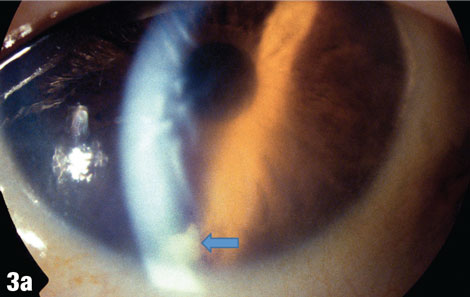
The greater tuberosity fragment is pulled superiorly by the supraspinatus and posteriorly by infraspinatus and teres minor.Īs greater tuberosity fractures are usually retracted posteriorly and superiorly, a closed reduction is difficult. The greater tuberosity fragment detaches with its attached rotator cuff and will characteristically have a longitudinal tear in the cuff between the supraspinatus and subscapularis tendons. Isolated displaced greater tuberosity fractures are thought to occur in less than 2% of proximal humeral fractures, and are normally associated with anterior shoulder dislocations. In some cases it can take up to one year to fully recover. This may require treatment, like a true frozen shoulder. Shoulder stiffness and frozen shoulder is also frequent after an undisplaced greater tuberosity fracture. Surgery is not needed for an undisplaced fracture, but these relatively minor fractures can take a long time to heal and for the pain to settle. It can be very easily seen on an MRI scan and also usually on an ultrasound scan of the shoulder. If your shoulder injury is not settling in a few weeks after a fall and x-rays are normal, then you should suspect a greater tuberosity fracture. A diagnosis of 'shoulder sprain' or deltoid injury or rotator cuff injury is given and rest, rehabilitation and painkillers recommended. This is frequently seen in skiing and mountain biking injuries. It is common for people to injure their shoulder and x-rays look normal. I call this the 'hidden fracture' as an undisplaced fracture of the greater tuberosity is common and often does not show up on x-rays.

Undisplaced Greater Tuberosity Fracture (The 'hidden fracture') It may fracture alone, or with other injuries of the shoulder joint (commonly a shoulder dislocation or complex humeral fracture).Īs with most fractures it may be displaced (out of its normal position) or undisplaced. It is injured/fractured in a fall by either landing directly onto the side of your shoulder or landing with your arm outstretched. The greater tuberosity is the prominent area of bone at the top of the humerus and is the attachment for the two large, powerful rotator cuff muscles - supraspinatus and infraspinatus.


 0 kommentar(er)
0 kommentar(er)
